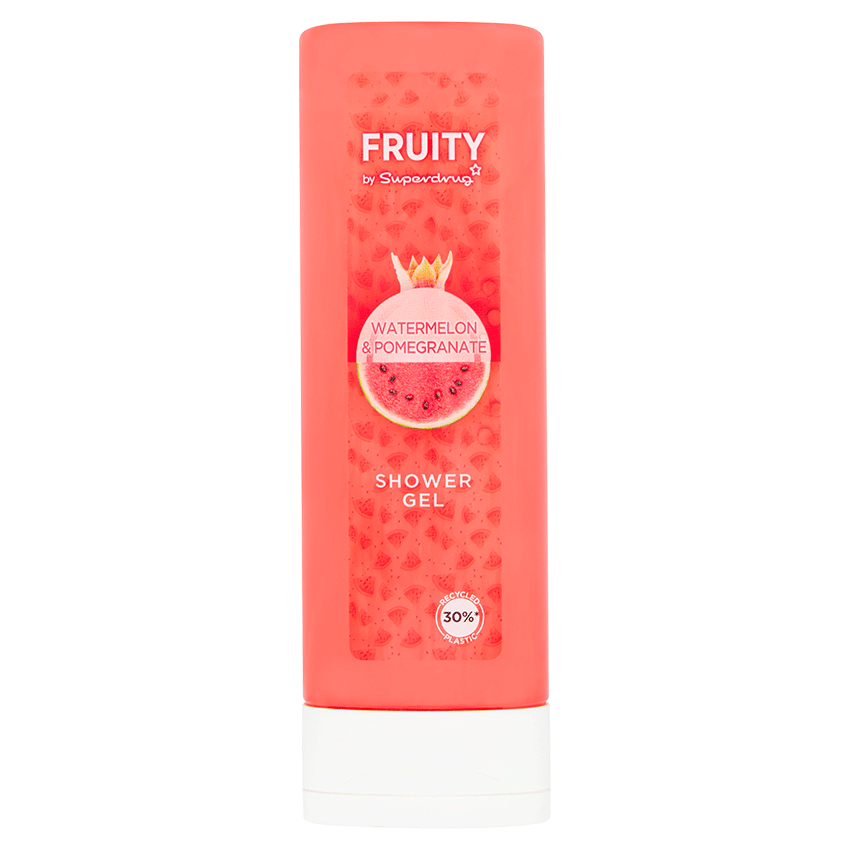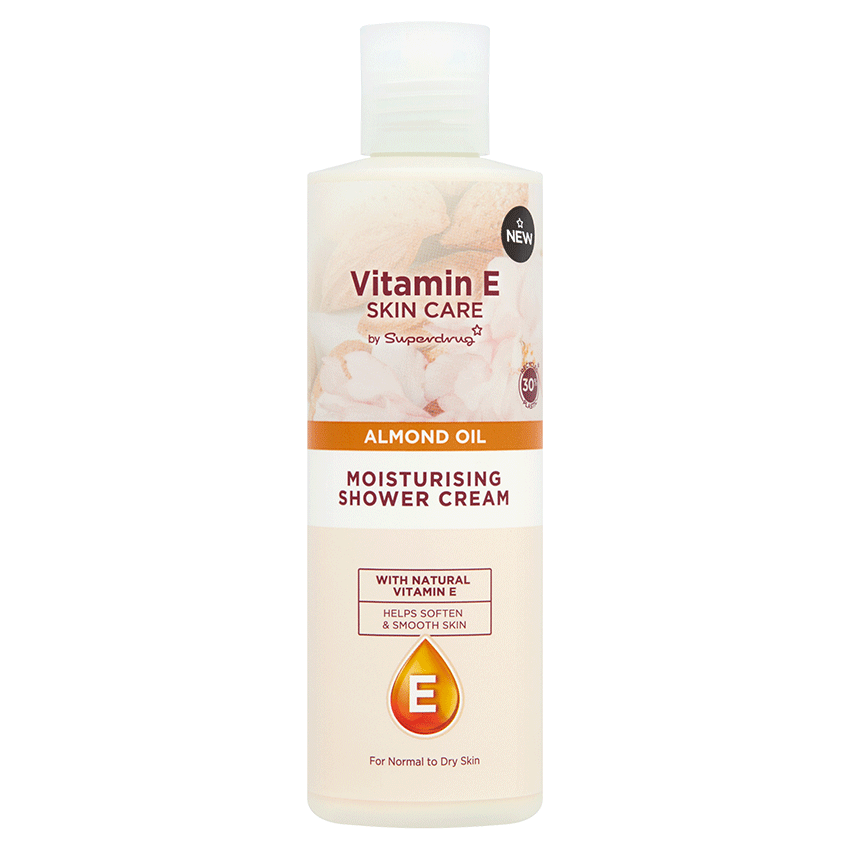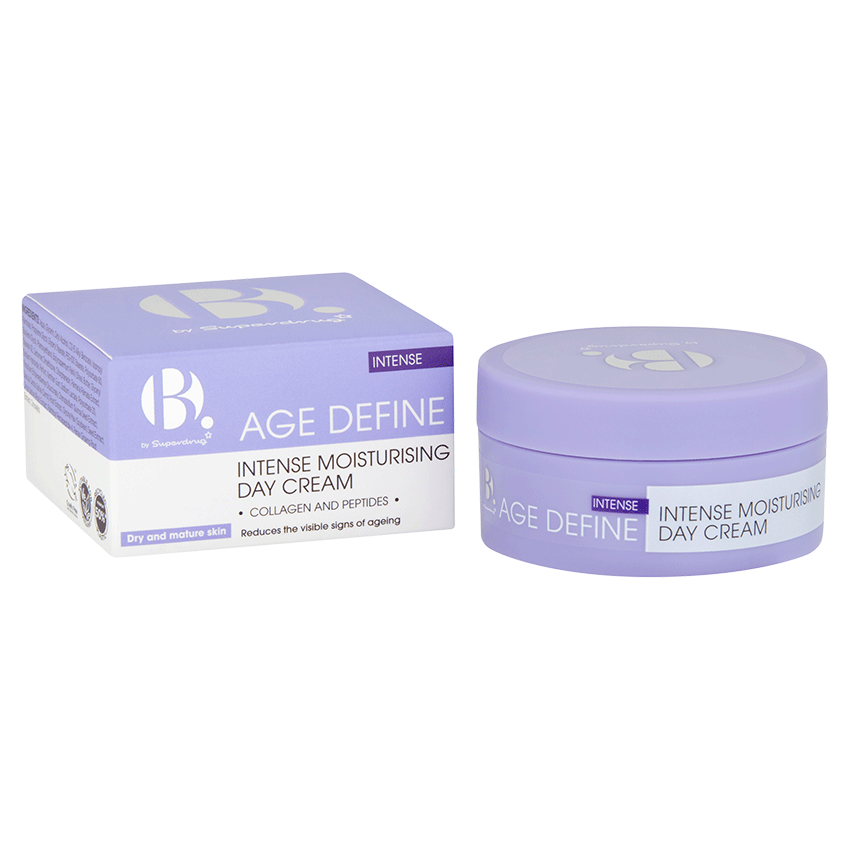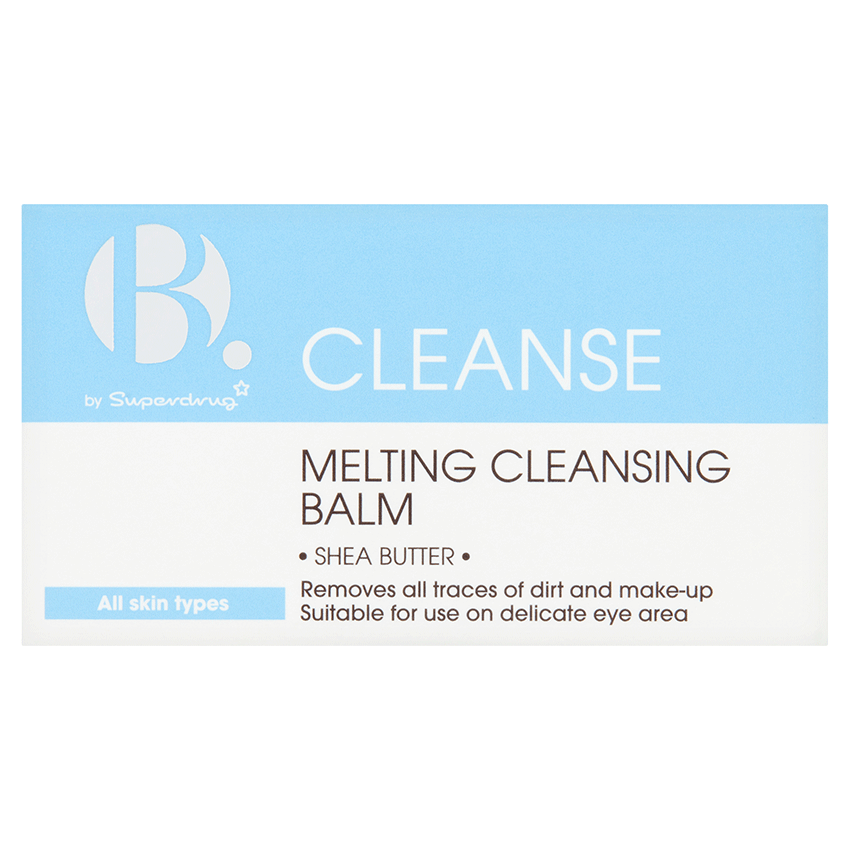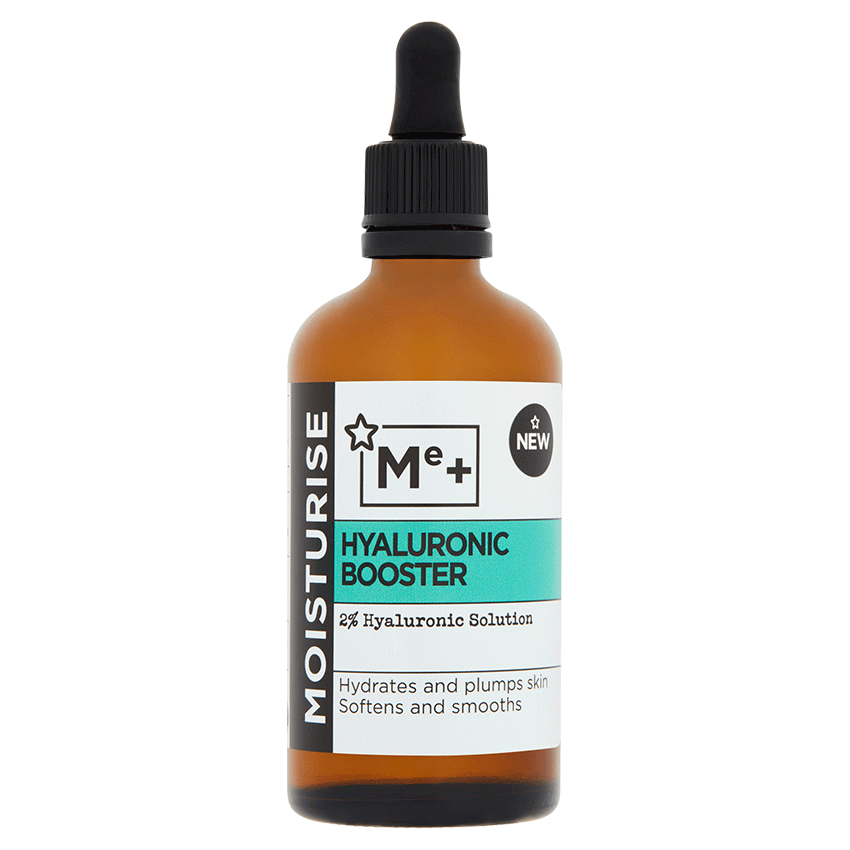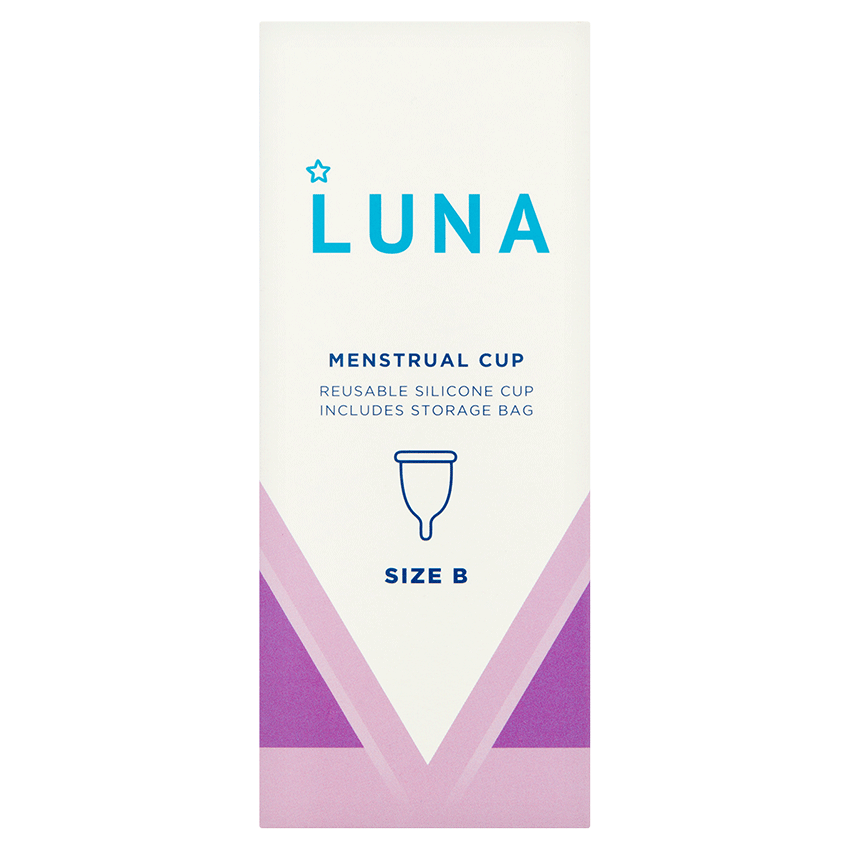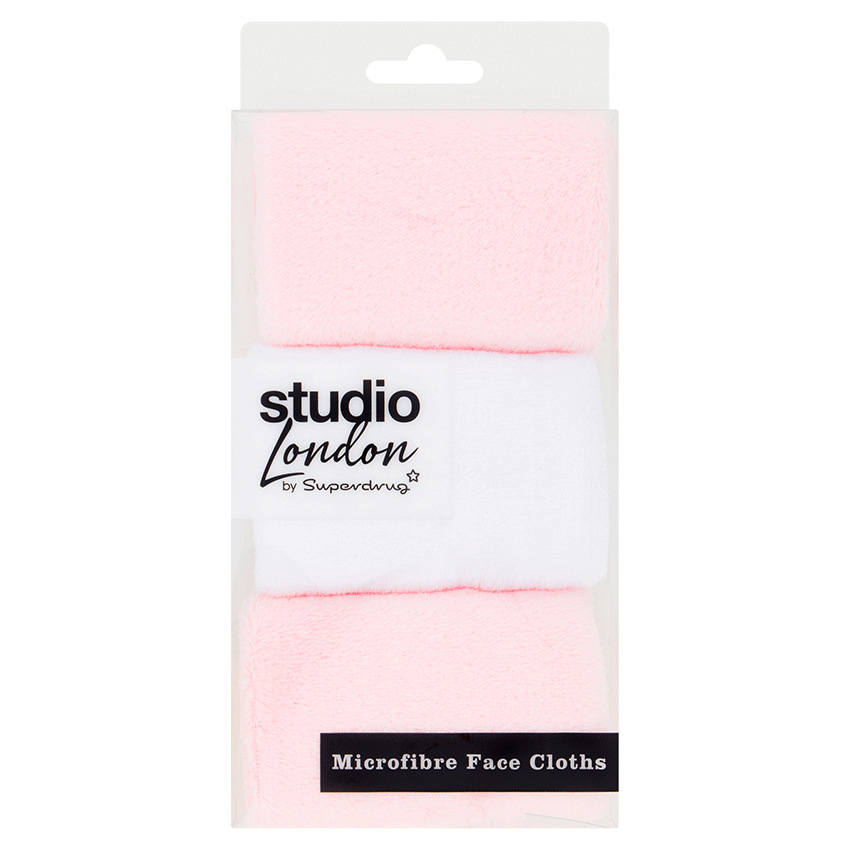
Satire and comedy. Memoirs and autobiographies. Note interpolation and musical samples. Our world is filled with terms that, at first glance, share a lot of similarities — enough that it's not uncommon to confuse them — but, upon closer inspection, mean very different things. For the beauty community, those terms are vegan and cruelty-free.
Animal testing and animal byproducts have been a part of the beauty world for centuries. It's largely believed that our love for dark lipstick began as far back as Cleopatra's reign, when she used crushed insects to help create a long-lasting pigment. We've come a long way since then, but there are still animal-derived ingredients found in some products today. And as the demand for transparency within the industry grows, the buzz of vegan and cruelty-free follows.
But what's the real difference between these two terms? Yes, they both involve safer and more ethical practices, but where do they differ, if at all? Ahead, allow us to demystify these not-so-complicated terms and share the retailer that is making it easy to shop both.
What Makes a Beauty Product Vegan?
When it comes to speaking about vegan food, the term makes sense. The definition becomes murky when beauty is brought into the conversation. Technically, a vegan beauty product is one that's created without any animal ingredients or animal byproducts. A popular animal ingredient, for example, is squalene. You'd be hard-pressed to find it on beauty shelves today, but when it first hit the market, it was largely harvested from the livers of sharks. Now, you'll most likely spot plant-based alternatives derived from olives and sugar cane.
Animal byproducts, on the other hand, can be something like lanolin (a waxy substance pulled from sheep's wool) or honey. There's often a lot of debate about whether the presence of lanolin or honey in beauty products makes them nonvegan, but technically, it falls within the category.
What Does Cruelty-Free Mean?
Vegan might be the trendy best friend to cruelty-free, but the latter term has been around for a lot longer — proof of animal experimentation goes as far back as the 1800s. It wasn't until the 1990s that major beauty companies began to eliminate animal testing altogether (it took until 1998 for the UK to ban animal testing during the cosmetic process). Although animal testing hasn't been entirely eradicated from the industry, it's becoming the new standard.
Cruelty-free means animals were not involved in any part of the process in creating or testing a product or ingredient. Is it possible for a vegan product to be tested on animals? Yes, but that's why those notable stamps of approval, like a Leaping Bunny Program certification, are so important to look for when shopping for products. Most beauty retailers, like Superdrug, will specifically call out when a product is vegan, cruelty-free, or both on their site and product packaging, which makes the browsing process easier. Once upon a time, you might have worried whether your favourite body wash included fish scales; today, not so much.
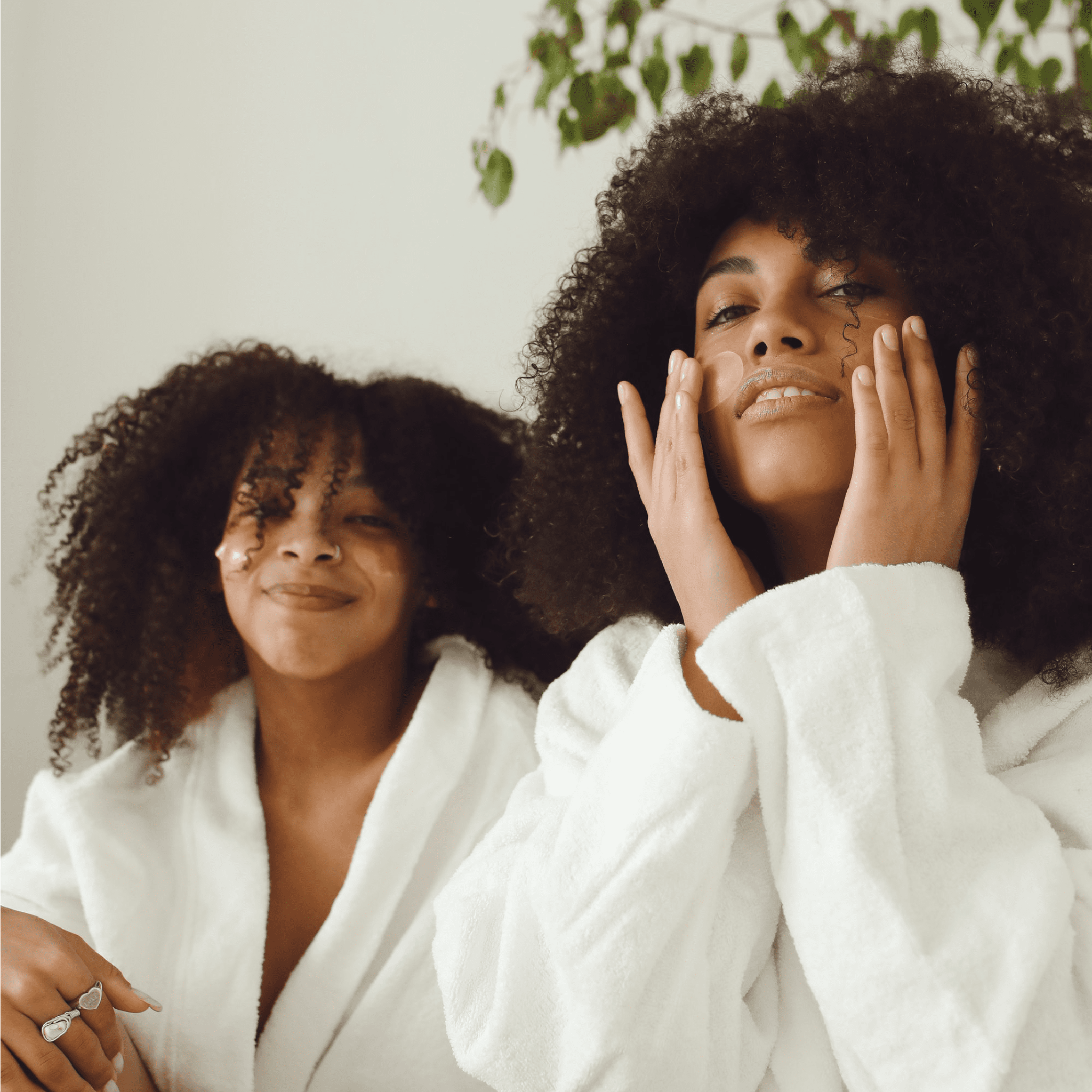
Image Source: Pexels / Polina Tankilevitch
Where Can I Shop For Cruelty-Free and Vegan Beauty Products?
A few years ago, you had to dig through the Leaping Bunny Program site to find a brand that was certified cruelty-free. And as for vegan products? Forget it — may the Force be with you. Now, retailers like Superdrug are making the search easier.
With over 1,000 vegan formulas available on Superdrug's site, it's simple to search for a lipstick or conditioner that doesn't contain animal-derived ingredients. For example, Fruity by Superdrug offers up a range of shower essentials, from body wash to shampoo, that are 100 percent vegan (and cruelty-free). Looking for something specific? Superdrug also carries the vegan and cruelty-free brand Vitamin E. As the name suggests, it's an entire collection of vitamin E-based skin-care products, which are perfect for anyone whose skin needs gentle TLC.
Even skin-care amateurs can cut through the noise thanks to brands like B. Skincare. This certified vegan and cruelty-free brand offers up at least five different ranges of products based on your specific needs, whether that includes hydration or oil control.
Do Vegan and Cruelty-Free Ingredients Mean a Product Is Automatically Sustainable?
Just because something is labelled as vegan or cruelty-free does not mean it's necessarily better for the environment. How ingredients are sourced and tested is important, but when measuring a product's sustainability, there are additional factors to consider.
Recyclable packaging, packaging produced from recycled materials, and reusable packaging are a few characteristics to look out for when shopping sustainably. At Superdrug, you can find the skin-care brand Me+, which utilises recyclable dark glass bottles for its serums and at least 30 percent recycled plastic for the cleansers. Bonus: dark packaging can prevent light exposure from interfering with an ingredient's potency, so you can expect to get the most out of your product's power.
Eliminating single-use plastics is perhaps one of the hardest obstacles beauty-lovers try to tackle in all aspects of their lives, but products like the Luna Menstrual Cup offer a reusable alternative that can help anyone who gets a period go waste-free. The same goes for anyone who loves using single-use wipes to remove their makeup at night. It's a hard habit to break, but a reusable cloth, like the Studio London Microfibre Cloth, can make it easier.
Yes, the beauty industry has a ways to go, but brands like Superdrug are committed to a new level of transparency that promises better in the future. While it's worth looking into on your own — creating a more sustainable lifestyle requires some healthy research — there are a few standout resolutions Superdrug is hoping to accomplish by at least 2025, including making all of its packaging recyclable, reusable, or compostable; making all of its products 100 percent vegan; and committing to only using RSPO-certified palm oil and sustainable shea.
See? Not so complicated after all.

